The Titanic was very difficult to salvage because the wreck was decomposing, required huge costs and it was considered a graveyard.
Footage of the Titanic wreck in 2022. Video: OceanGate
1. The Titanic wreck is a graveyard
About 1,500 people died in the Titanic’s sinking. After the ship sank, lifeboats recovered more than 300 bodies. Those wearing life jackets were likely swept farther away by currents, while many others sank with the ship. The U.S. and British governments agreed to treat the wreck as a memorial, so the area will be preserved rather than salvaged, according to Monica Allen, director of public affairs for the National Oceanic and Atmospheric Administration (NOAA).
In 2020, RMS Titanic Inc., the company that was granted the right to salvage the Titanic, planned to collect the radio transmitter used to send out distress signals. The plan has sparked controversy over the possibility that the expedition could disturb the remains. Some argue that marine life and seawater have completely decomposed the bodies. For many, the wreck marks a tragedy, regardless of whether remains are found. Descendants of the passengers who died still view the Titanic as a graveyard.
2. The Titanic wreck is decomposing
The Titanic was built from thousands of 1-inch-thick steel plates with two million steel and wrought iron rivets. Halomonas titanicae , the bacteria named after the ship, works symbiotically to feed on iron and sulfur, according to biologist Lori Johnston. As the bacteria digest the iron on the ship, they create rusticles, stalactite-like structures that cover the wreck.
Stalactites are “a much weaker form of metal,” fragile enough to turn to dust, says Clare Fitzsimmons, a researcher at Newcastle University. Ocean currents and salt corrosion have also added to the damage over time. The extent of the Titanic’s decay can be seen in a comparison of photos of Captain Edward Smith’s cabin taken between 1996 and 2019. According to historian Parks Stephenson, the captain’s bathtub was a favorite image for Titanic enthusiasts, but it is now gone. The entire floor on that side collapsed, taking the bedrooms with it, and the decay continues.
3. The huge cost of salvaging the Titanic wreck
In 1914, engineer Charles Smith proposed attaching electromagnetic cables to the hull and slowly raising it using steam engines and winches. He estimated the cost at the time to be $1.5 million, or about $45 million today. The cost of raising the sunken cruise ship Costa Concordia in 2013 was $800 million. That ship was only partially submerged, so raising the Titanic would be much more complicated and expensive.
Although the wreck is a memorial, some items from the ship have been salvaged. Salvage work is limited to the debris field around the two hulls and must follow NOAA guidelines, international agreements, and federal regulations. Exposing Titanic to air poses problems. It took two dives in 1996 and 1998 to pull a large piece of Titanic to the surface. The 15-ton, 14-by-30-foot piece still retains rivets and glass from some of the ship's portholes.
The seabed is a low-oxygen environment, so the fragment had to be submerged in water during transport to slow the effects of corrosion. The fragment was immersed in a solution of sodium carbonate and water for 20 months to remove the salts that weaken the metal. It is currently on display at the Luxor Hotel in Las Vegas.
An Khang (According to Business Insider )
Source link


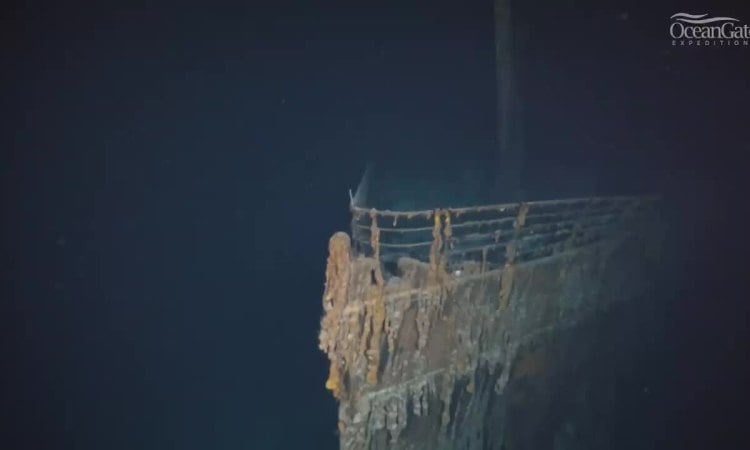






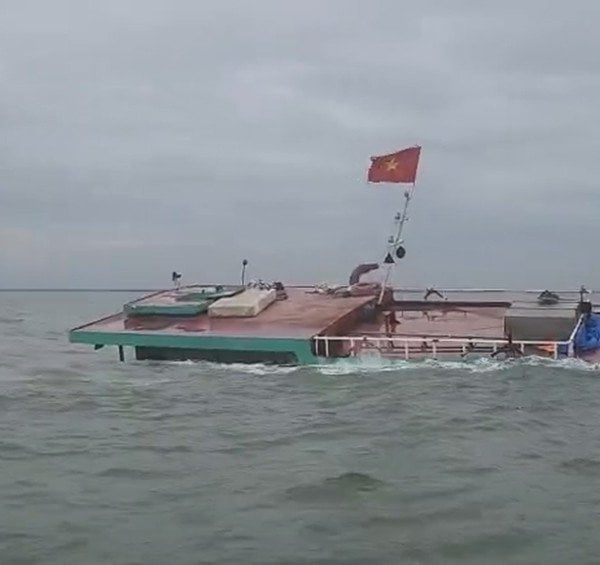

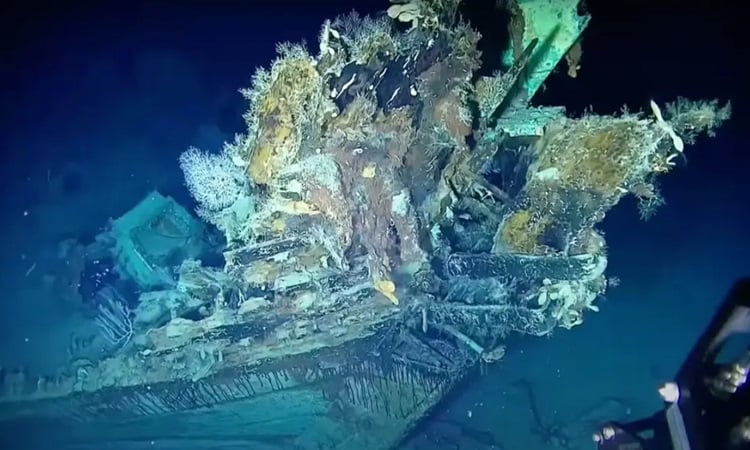
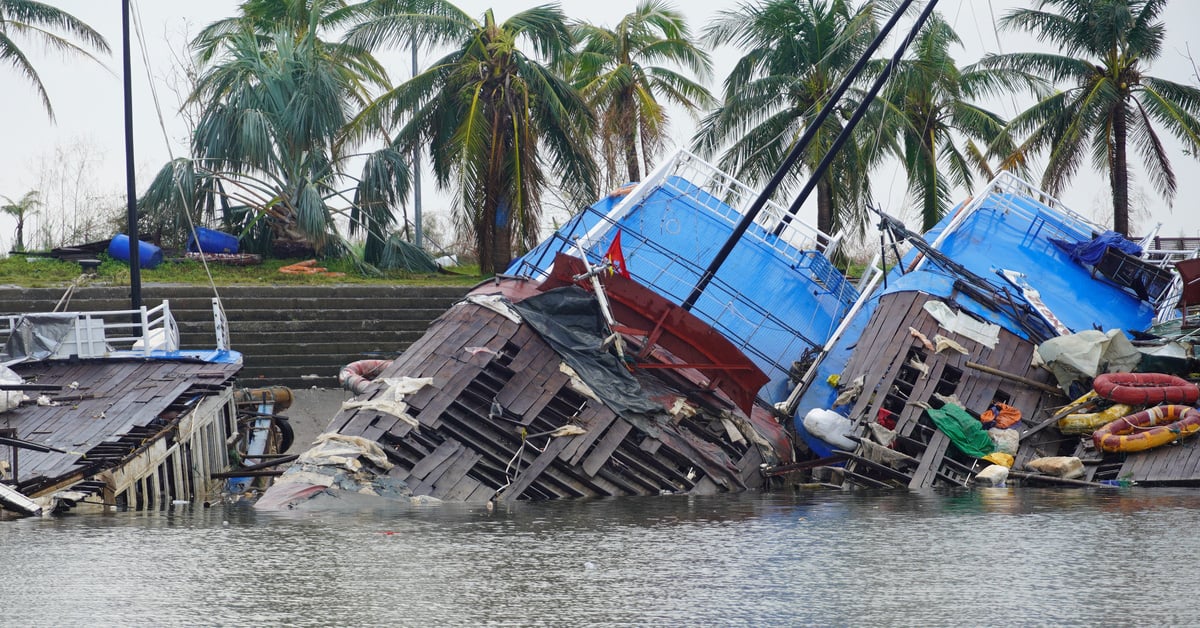



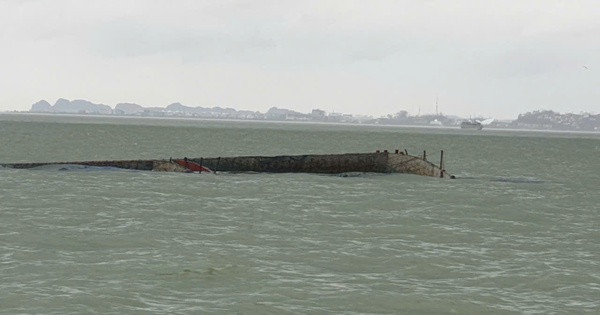

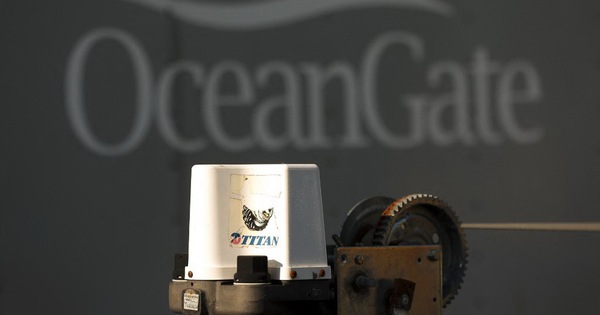






















![[Photo] Prime Minister Pham Minh Chinh chairs Government Conference with localities on economic growth](https://vstatic.vietnam.vn/vietnam/resource/IMAGE/2025/2/21/f34583484f2643a2a2b72168a0d64baa)


























































Comment (0)